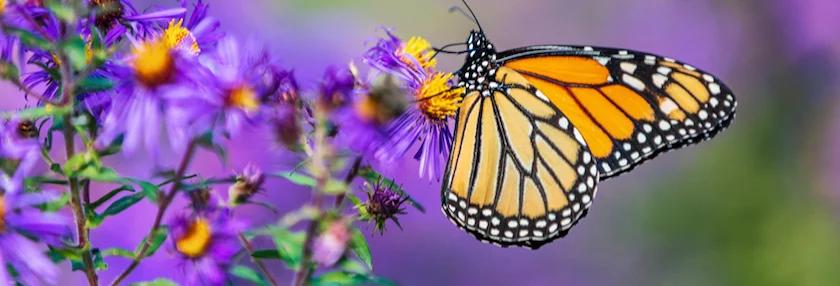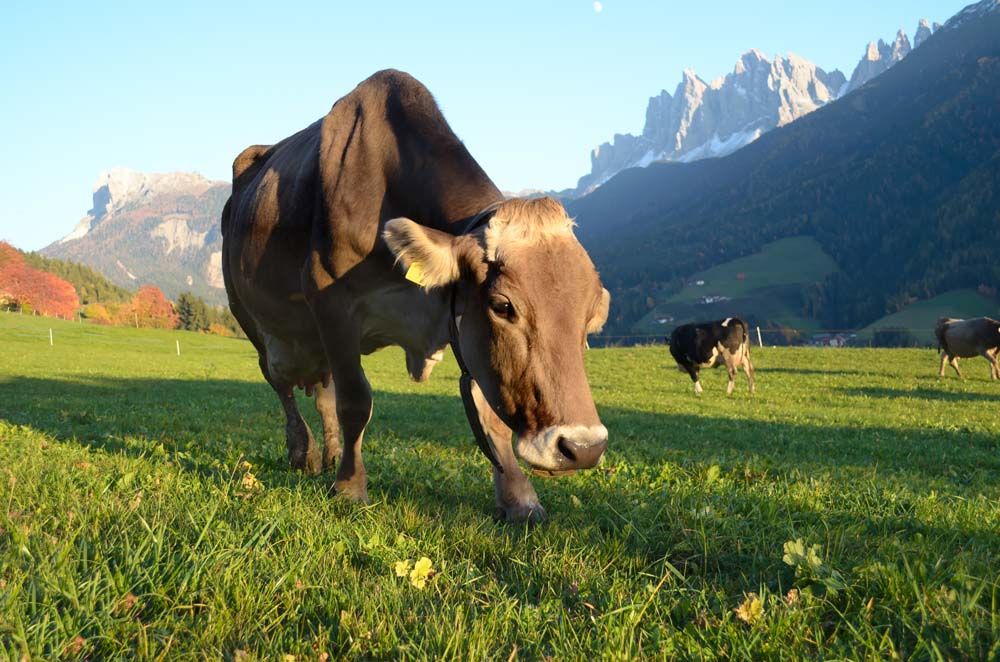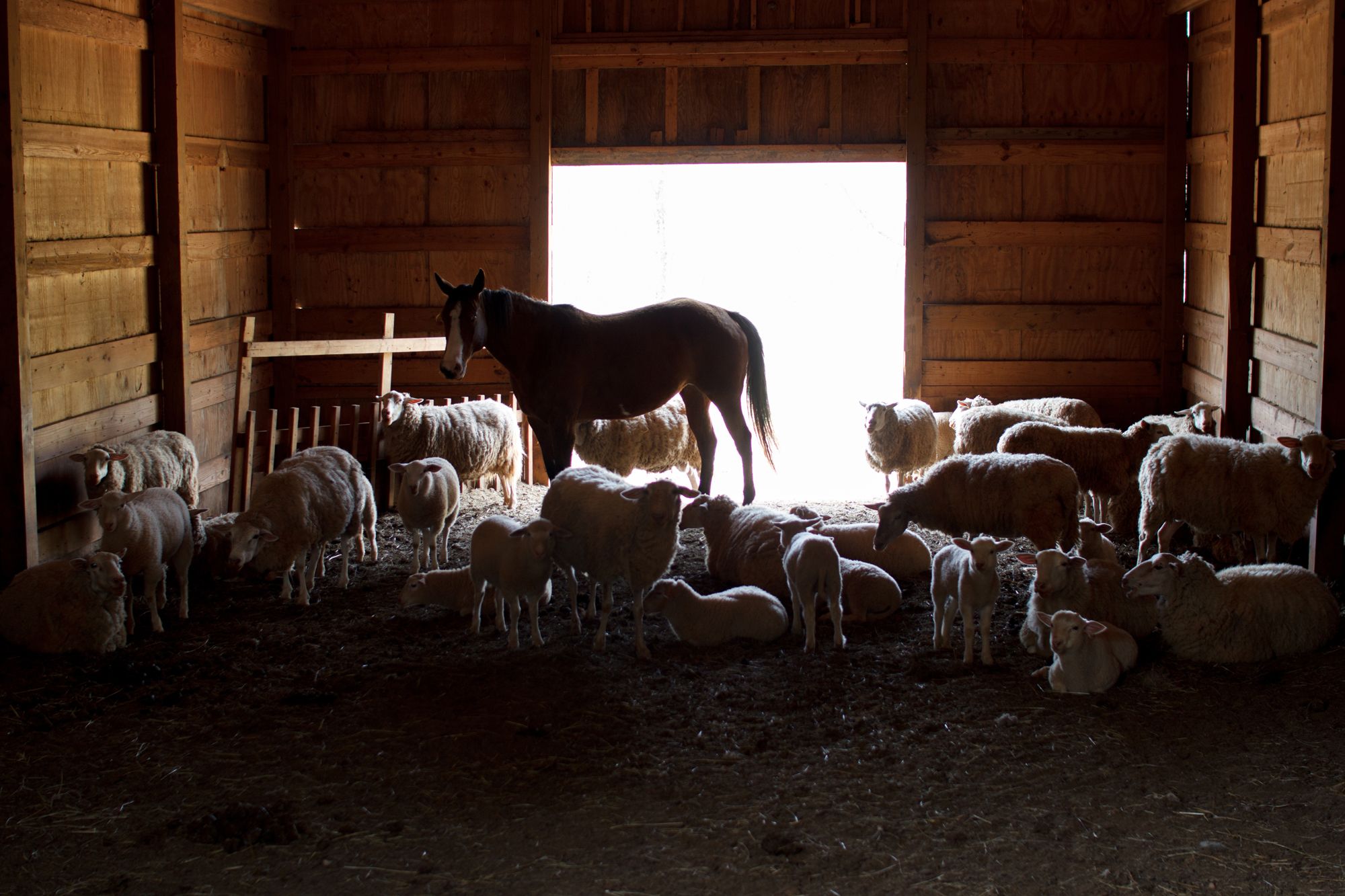Creating a Pollinator-Friendly Garden


It’s a habitat even humans can enjoy
It’s no secret that pollinators are vital to the success of crops both large and small, but sometimes we tend to focus solely on what pollinators can do for us. Today, let’s look at ways we can help the pollinators by creating a garden space that’s welcoming and inviting.
A pollinator-friendly habitat
The Pollinator Partnership, a non-profit “dedicated exclusively to the protection and promotion of pollinators and their ecosystems” offers many valuable resources for anyone hoping to help pollinators.
By providing a habitat conducive to pollinators, you’re benefiting them and benefiting your vegetable or flower garden, too. The Pollinator Partnership even offers printable signs to help identify your garden as a pollinator habitat or pollinator garden.
Providing the ideal habitat is important. In addition to shelter options and nesting sites, your habitat should include protection from wind as well as partial or full sun. Avoid the use of pesticides (Integrated Pest Management practices are recommended instead) in your pollinator habitat.
To create a pollinator-friendly garden:
- Choose appropriate plants—The Pollinator Partnership can help narrow your selections with their handy eco-regional planting guides. Go to pollinator.org/guides and enter your zip code, and they’ll send you a 24-page PDF of information on plants well-suited to your particular region.
- Provide a water source—This is more important than you might think. Water is an essential element in a pollinator-friendly garden, and it can be as simple as a bird bath. By providing water, you’re encouraging pollinators to make themselves at home in your garden and stick around rather than leaving your garden in pursuit of water.
- Encourage flowers for all seasons—Many plants and flowers are excellent for attracting pollinators, but individual plants tend to be fleeting—the window of bloom time comes and goes quickly. That’s why it’s important to include a variety of plants and flowers in your garden and to choose an assortment that will bloom repeatedly throughout the growing season, from the earliest spring flowers to late autumn showstoppers like ‘Autumn Joy’ sedum.
- Plant en masse—Pollinators have an easier time locating and identifying food sources when the flowers are planted en masse, or in large clusters or groups. Don’t be shy with the amount of flowers you plant—the more you plant, the more the pollinators will love your garden.
So, who are these pollinators?
There are lots of hardworking garden helpers! Let’s meet some of them.
Honey bees: These bees are nature’s premiere pollinators. While the occasional swarm of Apis mellifera may escape from a local beekeeper, in general these are “domesticated” livestock. Any serious gardener or orchardist should consider becoming a beekeeper as well—at least on a small scale. If beekeeping just isn’t in the cards, consider allowing a local beekeeping club to place a hive on your land. The bees will pollinate your garden and, in turn, you’ll be helping bees in a big way.
Solitary bees: There are other types of solitary bees that do their share of pollinating. These bees are native to North America and include mason bees, bumble bees, and leafcutter bees. All of them are excellent allies for your garden. Besides providing flowering plants, you can encourage solitary bees into your garden by providing housing (a great family project) and a bee-safe water source.
Butterflies and moths: Don’t underestimate the importance of butterflies and moths as pollinators. They have differing tastes when it comes to their preferred flowers in terms of color, shape, and fragrance, but you can easily provide a selection pleasing to everybody.
Hummingbirds: Hummingbirds are always in search of the tasty nectar of blooming blossoms, and will help pollinate your trees, shrubs, and flowers. In particular, you can attract these charming hummers with bee balm, daylilies, iris, honeysuckle, and columbine.
Bats: Bats actually perform important nocturnal pollination for certain crops, especially in the south. They’re also extremely prolific at overall insect control—especially mosquitoes. Besides supplying bat boxes for shelter, try planting flowers that bats prefer—fragrant things like goldenrod, purple coneflower, and plenty of herbs.
Reminder—The Pollinator Partnership’s annual Pollinator Week is June 19 - 25, 2023, and there are lots of activities to choose from.
About the author
Samantha Johnson is a writer, farm girl, and the author of more than a dozen books on rural living. She lives on a farm in northern Wisconsin with a colorful herd of Welsh Mountain Ponies, a bossy Welsh Corgi, and a wide assortment of tomato plants. View her portfolio at samanthajohnson.contently.com
Read U.S. Fish & Wildlife Service guidance on creating the right habitat
Tags:Country Critters

Acreage Life is part of the Catalyst Communications Network publication family.
















